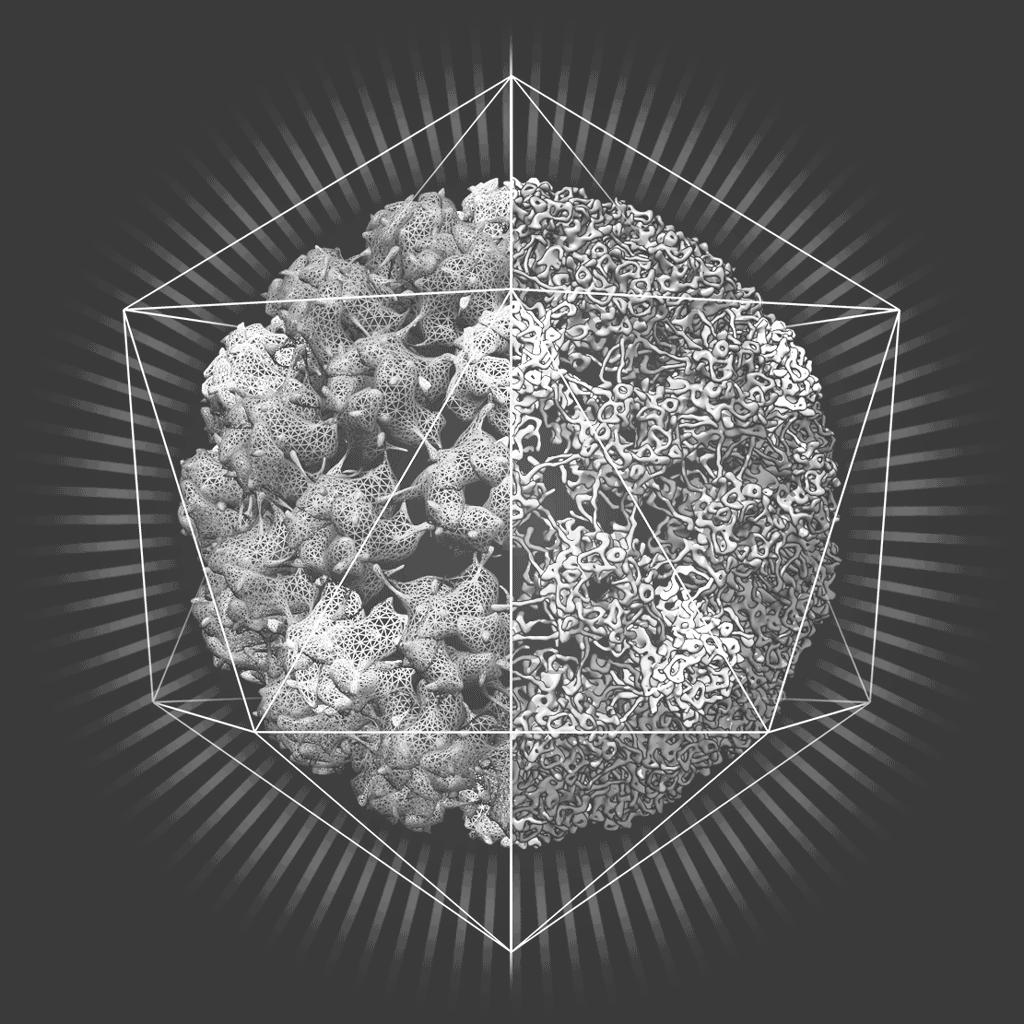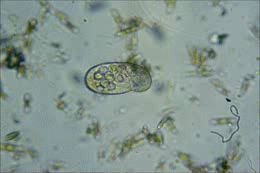
Hello! My name is Acacia, I am glad you are here!
My name is Acacia Mahogany Necole White. I am a Charlotte, NC native currently pursuing my undergraduate degree in Biology, with a Microbiology concentration. I am in my senior year at Winston Salem State University and my overall goal with my education is to learn and retain as much as I can. My life goal is to one day reach my Ph. D. in either Immunology or Pharmacology. I really love how the body works to fight of pathogens as well as how medicines can target the pathogen. I have learned that knowledge is the most important tool in life and I would love to matriculate all of my skills and passions and someday be in a position to teach others the passions that I myself have become intrigued by.
The purpose of this website is to serve as my online resumé and also advertise my skills and achievements. This site will also include some information about my technological skills and professional skills as well. Once again thank you for visiting, I hope this was a positive experience for you!


Acacia White
Biology Major, Future Research Pharmacist
Phone:
336-577-8421
Email:
Address:
5100 Ambercrest Drive Apt. B1
Winston-Salem, NC 27106
Date of Birth:
March 16th, 1995
Scientific Inquiry
Acetyl-CoA Carboxylase
Biomolecules
Classification of Viruses
Virology
Risk Groups and Biosafety Levels
Virology
Thin Layer Chromatography Lab.
Distillation of Unknown Lab.
Streak Plate Method Microbiology Lab.
Thin layer chromatography, or TLC, is a method for analyzing mixtures by separating the compounds in the mixture. TLC can be used to help determine the number of components in a mixture, the identity of compounds, and the purity of a compound.
Distillations can be used to separate liquids that have at least fifty degrees difference in their boiling points. As the liquid being distilled is heated, the vapors that form will be richest in the component of the mixture that boils at the lowest temperature.
The purpose of streaking is isolation, this method produces isolated colonies of an organism on an agar plate. This is useful when you need to separate organisms in a mixed culture or when you need to study the colony morphology of an organism.
Lab and Field Proficiencies




Dihybrid Wisconsin Fast Plant Genetics Lab.
The purpose of dihybrid cross breeding is to create a 9:3:3:1 ratio of possible allele combinations for the offspring to inherit. In this lab we demonstrated this method using Wisconsin Pea Plants.
Restriction Fragment Length Polymorphism Lab.
The restriction fragment length polymorphism or RFLP is a process by which purified DNA is cut into specific restriction fragments using endonucleases. The DNA fragments are then put on agarose gel and run through gel electrophoresis, which separates the pieces based on molecular size. To visualize the fragments we used special dyes or fluorescent markers in class.

Activity- and mTOR-Dependent Suppression of Kv1.1 Channel mRNA Translation in Dendrites
The Morphological and Molecular Changes of Brain Cells Exposed to Direct Current Electric Field Stimulation
Direct Electric Stimulation to Increase Cerebrovascular Function
Authors: Kimberly F. Raab-Graham; Patrick C. G. Haddick; Yuh Nung Jan; Lily Yeh Jan
Authors: Simon J. Pelletier, MSc; Marie Lagacé, MSc; Isabelle St-Amour, PhD; Dany Arsenault, PhD; Giulia Cisbani, PhD; Audrey Chabrat, MSc; Shirley Fecteau, PhD; Martin Lévesque, PhD; Francesca Cicchetti, PhD
Authors: Victor M. Pulgar
Authors:
Katarzyna Switon1; Katarzyna Kotulska2; Aleksandra Janusz-Kaminska1;Justyna Zmorzynska1;Jacek Jaworski1
Tuberous Sclerosis Complex: From Molecular Biology to Novel Therapeutic Approaches
Enzymatic Debridement with Collagenase in Wounds and Ulcers: a Systematic Review and Meta-analysis
Authors: Patry, J. and Blanchette, V.
Evaluation of Biological Literature
Technology Skills
This skill was utilized during the BCA assay to determine protein concentration by comparing the assay response of a sample to that of a standard whose concentration is known. Protein standards are processed by mixing them with assay reagent and using a spectrophotometer to measure the absorbances based on the standards generated in excel.
I use Microsoft PowerPoint, to easily create and display information to my peers and professors during oral presenations.
Oral Presentations
PMTCT HIV Sub-Saharan Africa
Cetceans
Polyplacophora
Zoology
BECOME ONE WITH THE ZOO, EXPLORE THE WORLD OF WILD LIFE.
Allow Me to Re-introduce Myself:
Hello, my name is Acacia White, welcome to BIO 2310. First off, I would like to thank you for visiting my site,
especially my Zoology tab! This portion of my E-Portfolio will not only display my knowledge of Zoology, but it will
also encompass my personal experience as it relates to assignments, projects and activities related to the
course. Once again I appreciate your visitation and I hope you gain something from this experience!


Personal Reflection
Initially when I decided to enroll into Zoology, I thought “well it is listed as a 2000 level course so it must be a piece
of C-A-K-E.” Sadly, it was not that simple. In the beginning of the course I was not the interested in Zoology. Once I
actually had to observe wildlife for myself it became very interesting. Some days, as I am walking outside and hear a
bird, I try to see what type of bird it is. Is it an American robin? How high up is its nest? These are the types of
question that just automatically pop into my head when I am outside. This is due to the hands on activity of bird
watching. I enjoyed that assignment, even though I was a bit uneasy about it at first. Bird watching, insect
observations and of course the animal characterization projects took a lot more time and effort than I expected
when I enrolled into the course. On the other hand there were a couple of times, specifically during the E-mammal
Project, I had strong intentions on becoming a Zookeeper. This stems from the interest I grew in mammal during
the E-mammal project. I also decided to go to the Zoo as a gift to myself for my birthday. Honestly, I love most
animals now. My patients for birds has turned almost into an obsession. Zoology has exceeded my expectations.
Online Software
eMammal
eBird
The purpose of this software for Zoology, was to allow us to access pictures of animals all across the world. From eMammal we were able to create a story from pictures.This was my favorite assignment because it was fun, creative, and interesting. VISIT site below:
http://ebird.org/content/ebird/
With eBird we were able to do and see a lot more. On eBird you can post your own bird watching observations, view the bird species population in your area, see the location of birdwatchers, and more. We completed two assignments using eBird. Collectively we view the bird population according to was posted on the website, and we also posted our own observations. I did not want to do the assignment because I never saw a point in bird watching, because they are so common. This assignment was different because I had to actually pay close attention to the birds.VISIT site below:
Data/Projects Derived from Online Software
eBird

Winston Salem Bird Species
My eBird Observation
eMammal
 eMammal Love Story, Yellow Baboons |  |  |
|---|---|---|
 |  |  |
Major Assignments
Animal Characterization Assignment #1
This assignment we were assigned a specific Phylum/Class/Order and asked to present to the class. I was assigned Polyplacophora, which at the time I had no idea meant a class of insects, also known as Chiton. I still partially am confused with how to pronounce the organism. It was like nothing I have every seen or heard of before this course. For this organism I was able to find the basic physical description, a list of shared features, ancestral taxon, organisms in this class, foraging behaviors, sociality (none), and mating/reproduction.
Animal Characterization Assignment #2
This assignment we were assigned a specific Phylum/Class/Order and asked to present to the class. I was assigned Cetaceans, which at the time I believed to only be crabs. On the other hand, for this organism I was able to find the basic physical description, a list of shared features, ancestral taxon, organisms in this class, foraging behaviors, sociability (very social), and mating/reproduction.

